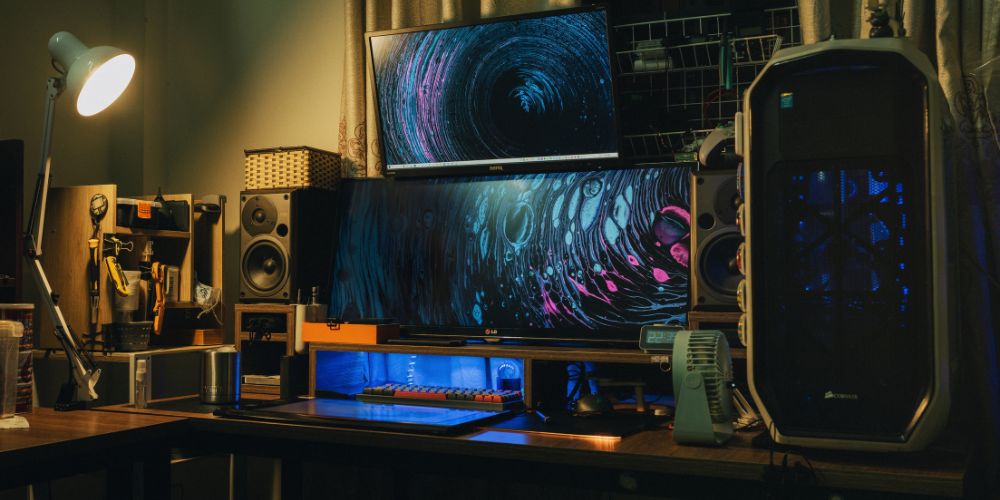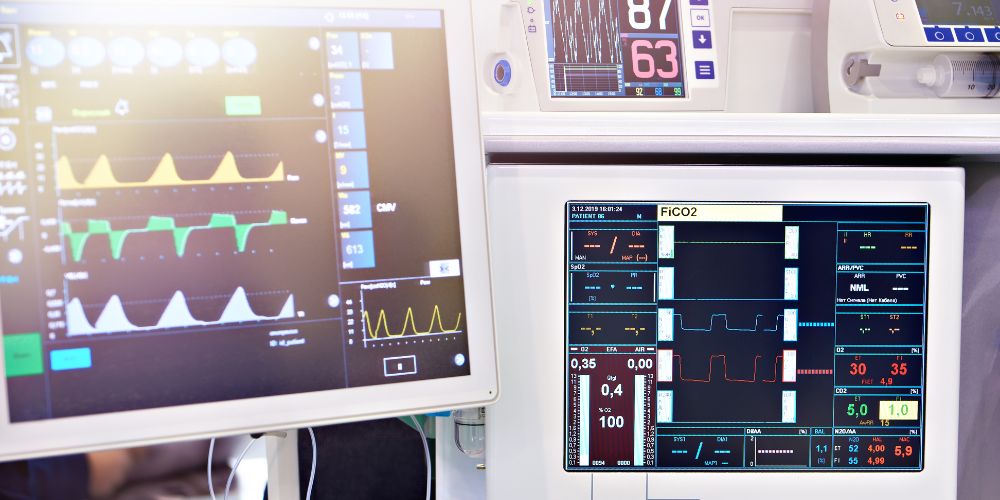Overview
Screen size, resolution, refresh rate, panel type, and connectivity choices are a few things to think about when selecting a monitor. How much screen space you have and how sharp the images are are determined by the screen size and resolution.
The refresh rate has an impact on how fluidly motion is shown on the screen. Color accuracy, viewing angles, and contrast depend on the type of panel. What devices you can connect to your monitor and how you can use it are determined by the connectivity choices.
How to Choose a Monitor
Screen Size
When selecting a monitor, screen size is a crucial factor. A larger screen size can be advantageous if you use your monitor for work because it enables you to run several windows simultaneously.
A smaller screen size, however, can be desirable if you’re using your monitor for gaming because it can enhance your performance by lowering the amount of eye movement needed.
The physical dimensions of the monitor and the resolution should both be taken into account when determining the appropriate screen size.

Resolution
The number of pixels on a screen is referred to as resolution. The photographs will appear clearer and more detailed the higher the resolution. Higher resolutions, though, need more robust gear to function properly.
A higher resolution can be advantageous if you use your monitor for work because it enables you to see more detail in your job. A lower resolution can be beneficial if you’re using your monitor for gaming because it will put less stress on your graphics card and hence increase gaming performance.
Refresh Rate
The number of times per second that the screen is updated is referred to as the refresh rate. When playing games or viewing movies, a higher refresh rate can make the pictures on your screen appear smoother and more fluid. But for flawless operation, a faster refresh rate also needs more powerful technology.
If you use your monitor for work, a lower refresh rate can be adequate as you probably aren’t dealing with quickly changing graphics. A higher refresh rate might provide you a competitive edge when gaming by minimizing motion blur and enhancing your reaction speed.
Panel Type
There are various monitor panel kinds, such as IPS, TN, and VA. It’s critical to select the panel type that best meets your demands because every panel type has advantages and disadvantages of its own. IPS panels are perfect for graphic design work because they have wide viewing angles and good color fidelity.
On the other hand, TN panels have quicker response times and higher refresh rates, which makes them perfect for gaming. High contrast ratios of VA panels make them perfect for watching movies or other media.
Connectivity Options
It’s crucial to take the connectivity choices into account when picking a monitor. In order to connect the monitor to your computer or other devices, be sure it has the appropriate ports. The three most popular types of connectivity are USB-C, DisplayPort, and HDMI. Consider buying a monitor with a built-in KVM switch if you wish to connect many devices to it so that you can easily flip between them.
FAQs
1. What is the best screen size for a monitor?
The best screen size for a monitor depends on your intended use. For work, a larger screen size can be beneficial, while for gaming, a smaller screen size may be preferable.

2. What is the ideal resolution for a monitor?
The ideal resolution for a monitor depends on your intended use. For work, a higher resolution can be beneficial, while for gaming, a lower resolution may be preferable to improve gaming performance.
3. What is the difference between HDMI and DisplayPort?
HDMI and DisplayPort are both digital display interfaces used to connect devices. HDMI is more commonly used in consumer electronics, while DisplayPort is more commonly used in professional settings.
4. What panel type should I choose for my monitor?
The panel type you should choose for your monitor depends on your intended use. IPS panels offer excellent color accuracy and wide viewing angles, while TN panels offer faster response times and higher refresh rates. VA panels offer high contrast ratios, making them ideal for watching movies or other media.
Conclusion
Numerous parameters, including screen size, resolution, refresh rate, panel type, and connectivity choices, must be taken into account when selecting a monitor. Depending on how you want to use each of these variables, there are optimal options.
For business, a larger screen size might be advantageous, whereas gaming might benefit from a greater refresh rate. You can select a monitor that will best meet your needs and deliver the finest performance by taking into account each component and your unique requirements.
The main considerations when choosing a monitor are summarized in this article, including screen size, resolution, refresh rate, panel type, and connectivity options.



